Kuala Lumpur is a shopper’s paradise with malls, mega malls and super mega malls selling everything imaginable. However, there is another more intimate side to shopping in Kuala Lumpur where all five senses are assaulted. Away from the brashness and glitz of the many malls that fill the city’s districts are Kuala Lumpur’s local markets.
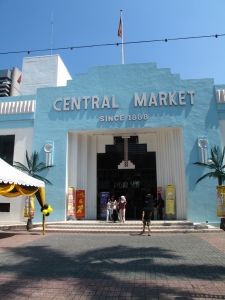
© Joakim Westerlund – source: www.flickr.com
One of the best known and where most tourists head for is Central Market. Also known as Pasar Seni. A covered market, it is housed in an attractive Art Deco building completed in 1923 and was once the largest wet market in Kuala Lumpur. Times have changed and although you can still buy fresh fruit and vegetables here it is mostly aimed at tourists and the majority of stall holders sell all manner of handicrafts. These reflect the multicultural make up of Malaysia and come from India, China and Indonesia as well as Malaysia.
The food available here is also aimed at the tourist and is reflected in the price. It is a good place to start and get a feel for the markets of Kuala Lumpur while shopping for souvenirs; especially the ever popular batik and pewter work.
Another popular market is Chow Kit also know as Bazaar Baru Chow Kit. This daily market is the largest indoor market in Kuala Lumpur and is a maze of stalls and narrow passageways reminiscent of an arab souk. It is the largest wet market in the city. A wet market is one that sells meat, fish and fresh fruit and vegetables along with spices and other dried foods. As the name suggests it is very wet underfoot as a result of water sprinkled on the fruit and veg to keep them fresh and the ice packed around the meat and fish. In addition there are all manner of household items, clothes, shoes and fabrics.
Chow KIt is the place to rub shoulders with the locals as this is market of choice for the residents of Chow Kit and beyond. There are very few tourists and as a result there is less pressure to buy. Street food from numerous hawkers is always available and the aroma of their cooking permeates the whole market.
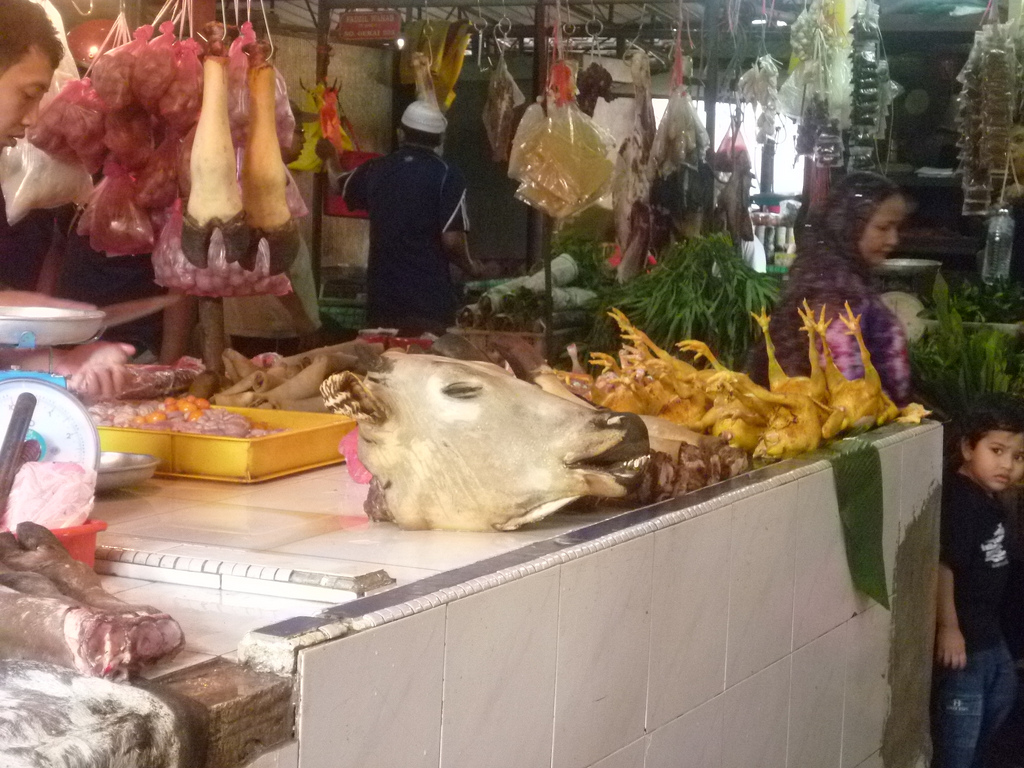
© gewitterhexer – source: www.flickr.com
Pudu Market is another wet market with a real “local” feel. It does however require an early start to even catch the end of the market. Opening at 3:00am it is all over by 7:00. The market is predominantly Chinese and serves that ethnic community. There are however a small number of Indian and Malaysian stalls. This is one of the best places to come for Chinese medicine and for ingredients for home cooking. It is also one of the noisier markets with the vendors all clamouring for the attention of the shoppers. You can also buy fabrics and clothing here.
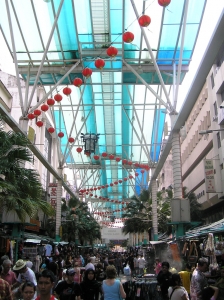
© Jemma Copley – source: www.flickr.com
Kasturi Walk is the newest of the local markets having been established in 2011. It is a covered flea market along a lane running close to Central Market. There are often better bargains here than in the tourist orientated Central Market.
Kampung Bahru Sunday Market is in the residential district of the same name. Sunday market however, it is a bit of a misnomer. Although its name suggests it is open on Sunday if you arrive after 1:00 in the morning you will have missed it. It opens Saturday evening and continues into Sunday morning, just. It is better classified as a night market. Typically Malaysian it is the best place for authentic Malay food, clothing and jewellery.Night markets or Pasar Malam as they are known locally are a big feature of Kuala Lumpur’s retail scene. Typically opening in the early evening they continue through the night till early morning.One of the best known night markets is Jalan Petaling in Chinatown. Officially the road closes at 6:00pm but when the market actually starts is a bit blurred as shops and stalls are continually selling along the road. The market is noisy, crowded and hot but great fun. There are plenty of fake and counterfeit goods on sale so if a bargain is “…too good to be true,” then it probably is. However, there are plenty of bargains to be had and lots of haggling to be done.
One of the biggest night markets is Lorong Tuanka Abdul Rahaman. Named after the street that is closed on Saturday night it is popular as a market to wander through. There are a staggering array of goods on sale and plenty of street food being hawked. For a night market it closes early at 10:00.
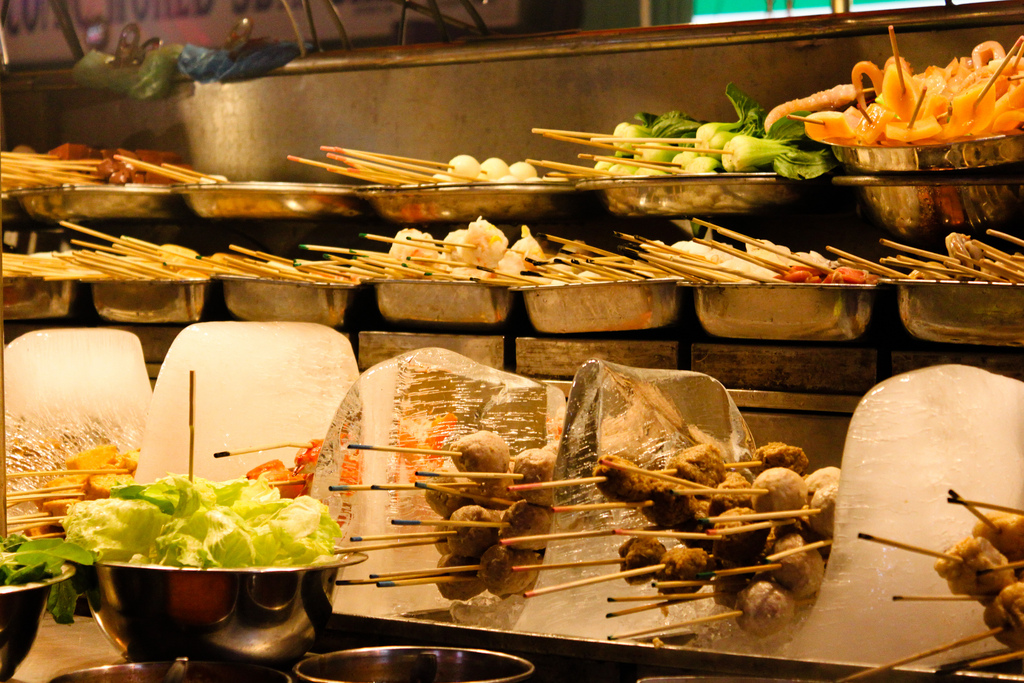
© Amber de Bruin – source: www.flickr.com
Local markets in Kuala Lumpur of can be noisy, chaotic and hot. All five senses are assailed and there is a distinctive vibrancy about them. Above all they are fun and an experience not to be missed. Even if you have only 24 hours in Kuala Lumpur you really should visit one of the local markets.
If you enjoyed this post and would like to find out more about travelling to Malaysia, please visit the Tourism Malaysia website. This post originally appeared on Travel Wire Asia’s website www.travelwireasia.com where I write as a guest blogger.
This post was written as a result of a trip as guest of Tourism Malaysia. As always I retain full editorial control and write from my experience
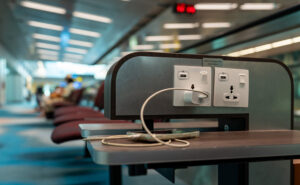
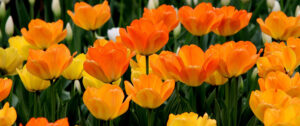
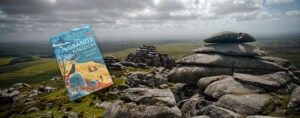
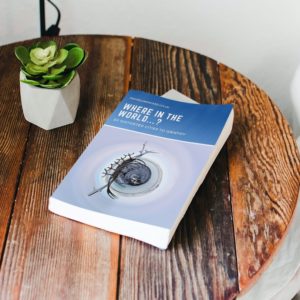
2 thoughts on “Local markets of Kuala Lumpur”
I get a queasy feeling everytime I visit one of those markets with the animal parts lying about. Doesn’t stop me eating the delicious food though!
Malaysian food is delicious but after visiting the market and seeing those animal parts I am always tempted to ask what’s in each dish. In my travels I have had some things served up I would rather have avoided. On the other hand I did discover the surprising pleasant dish of fried grasshoppers in Oaxaca, Mexico.
Comments are closed.